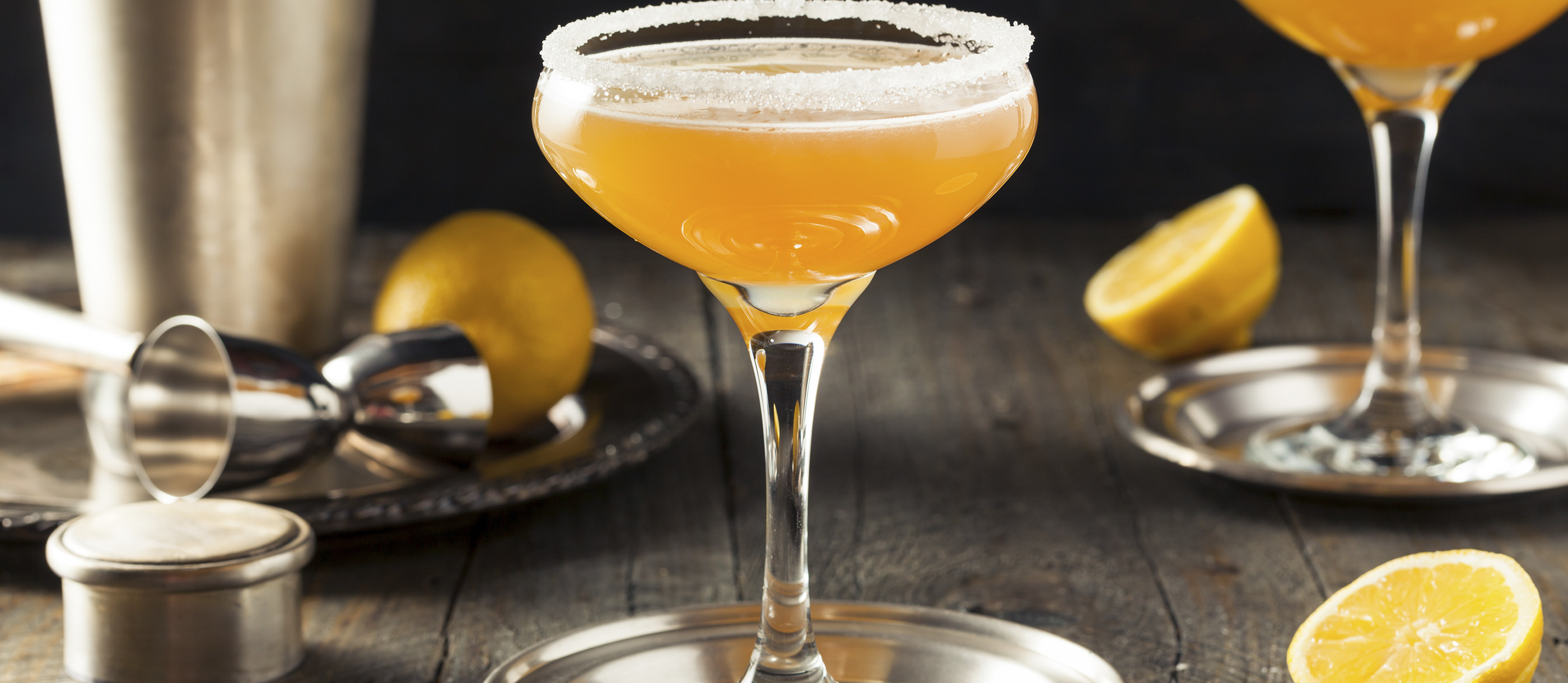

#SIDECAR DRINK HOW TO#
Serve with a lemon twist or peel if you’d like! (Here’s how to make a twist.) Strain into a glass and add ice. Strain the drink into a cocktail glass.Shake in a cocktail shaker. Shake the ingredients in a cocktail shaker with a handful of ice cubes.The bourbon sidecar is very easy to make: even easier than a classic because it skips the sugar rim! Here are the basic steps: How to make a bourbon Sidecar (basic steps) Swap out the brandy and you’ve got the bourbon version! Here are the ingredients for a bourbon Sidecar: The Sidecar is on the list of International Bartender Association’s IBA official cocktails, meaning that there’s an “official” definition of the Sidecar. It was invented in the 1920s, and the name likely came from an American army captain who drove around in a motorcycle sidecar. The bourbon Sidecar is a variation on the classic Sidecar, one of the great sour cocktails. Here’s how to make it! What’s in a bourbon Sidecar? Alex and I are big whiskey sour fans, but we love changing it up with the Sidecar: it’s even more refreshing and citrus forward than its cousin cocktail. Change the brandy to bourbon, and you’ve got a whole new drink! This one trades the fruitiness of brandy for the spicy sweet finish of bourbon whiskey. Love sour cocktails but want to change up your whiskey sour? Try this Bourbon Sidecar! The Sidecar is one of the most classic of all sour cocktails. Citrus forward with a spicy whisky finish! Good enough for me.The Bourbon Sidecar is bright and classy, a variation on the classic sour cocktail that swaps brandy for bourbon.

At least, most can agree that the name is a reference to that small passenger attachment to a motorcycle (you know, what Indiana Jones’ dad rides in during the motorcycle chase in Last Crusade). The Ritz Hotel in Paris asserts ownership, some credit Pat MacGarry of the Buck’s Club in London, another story involves an American Army captain and his motorcycle. The exact origins of the Sidecar are foggy. Many regard the the Sidecar as one of, if not the, most illustrious cocktail to have come out of prohibition. came a halt (though the drinking certainly didn’t), and European bartenders picked up the slack. Up until 1919 or, America was in driver's seat of cocktail culture, but once prohibition hit serious bartending in the U.S. It’s ingredients - French brandy and French orange liqueur - are a prime example of the state of cocktails at this point in time. The Brandy Crusta emerged in the mid-19th century, and while it has been far eclipsed by its progeny, it more than holds it’s own.īased on the cocktail books the Sidecar first appears in - Harry MacElhone's "Harry's ABC of Mixing Cocktails" and Robert Vermeire's "Cocktails and How to Mix Them" (both using the French school recipe) - the Sidecar was created in the early 1920s in either France or London. The Sidecar appears to be a descendent - and streamlined version - of the more ornate Brandy Crusta, which is brandy with a few dashes of cointreau, maraschino and lemon juice served in a wine glass with a sugared rum. While the French school may be older, I think English school makes a better drink. Most recipes today use the Elnglish school, which I agree with, and you see reflected in my recipe. These contrasting are takes are sometimes known as the “French school” and "English School” of Sidecar recipes. A little under a decade later a recipe, a appeared "The Savoy Cocktail Book" in 1930 that was composed more like a traditional sour, with a larger portion of Cognac and smaller amounts of Cointreau and lemon juice. The first Sidecar recipes in the early 1920’s, more on that below, list all the ingredients at equal parts. Recipe Dispute: French School vs English School I think that's going a bit far, but if there were ever a time to use it specifically, I think it's this one.


However, for the Sidecar, Cointreau is the traditional choice, some say you can't make a proper one without. Those long-aged XOs may be as exquisite on their own, but in cocktails can be so round and soft that they fade into the background.Īs I often note with recipes that call for Cointreau, any high quality orange If you can find one that’s a bit higher proof, like Pierre Ferrand 1840, even better. Because Cointreau is so assertive it’s not necessary to use one that’s extremely high end. I’ve found that the brand of Cognac you use in a Sidecar doesn’t make a huge difference, they’re all pretty darn good.


 0 kommentar(er)
0 kommentar(er)
